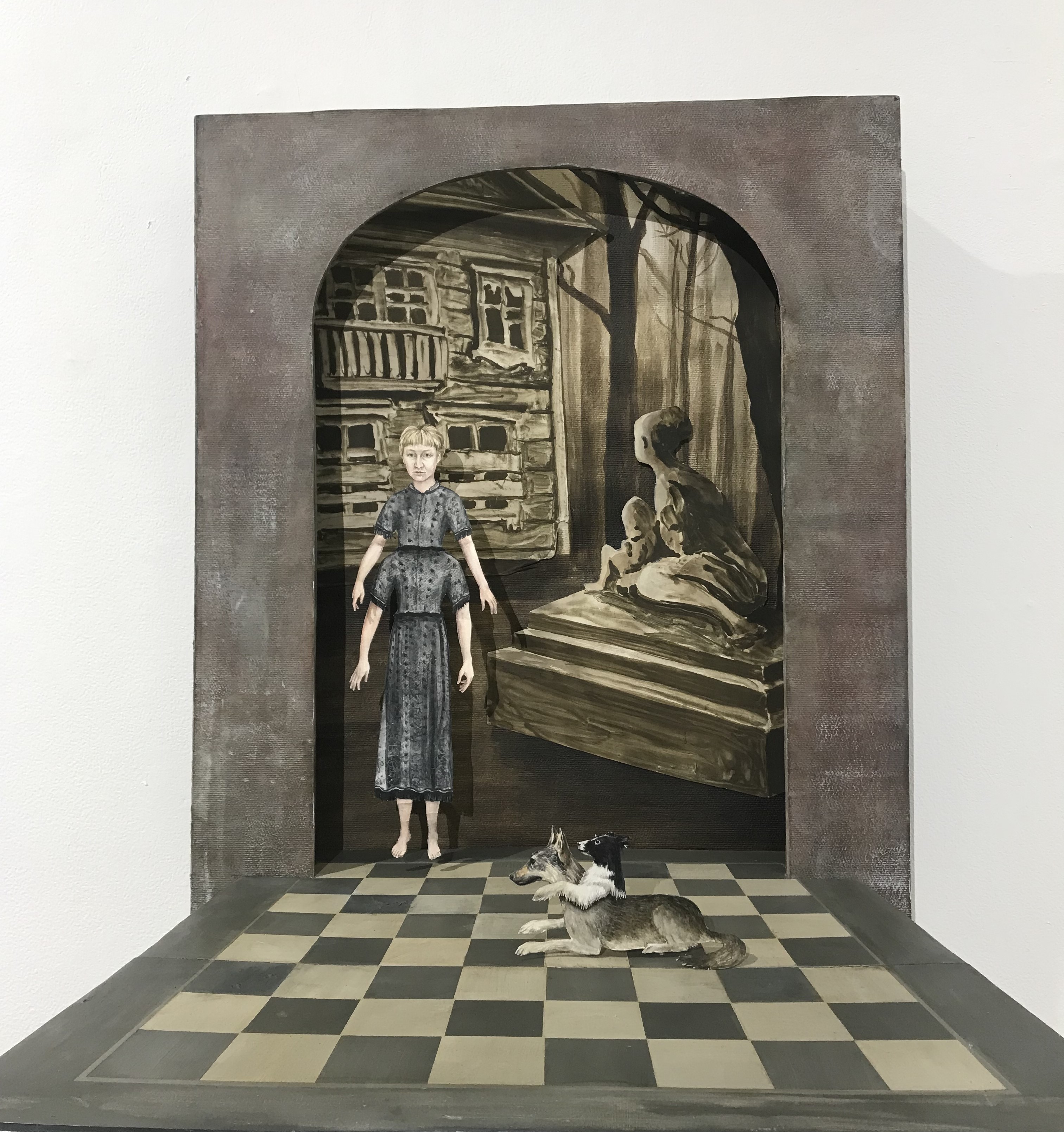Making art is a dialogue
For Pilvi Ojala, one of the target groups of Helsinki Business College Oy’s international RestART project, making art is like exploring. She looks for materials and inspiration from different sources and assembles them into a work of art. Her latest exhibition was a dialogue between nature and printmaking, and between teacher and students. Dialogue is at its best when it creates new understanding and strong bonds between artists, art and the public.
The Kuusikko exhibition featured works by Inari Krohn, Maija Albrecht, Beata Joutsene, Pilvi Ojala, Laura Pohjonen and Metta Savolainen. Inari Krohn was Professor of Art Graphics at the Academy of Fine Arts in the 1990s and the other artists in the exhibition were his students. “We got a strong foundation for both networking and our profession from our teacher,” summed up the satisfied students. Today, these former art students are working as visual artists as well as art teachers, each in their own way.
The importance of dialogue and networking
The teacher-student relationship is also very important in the arts; in creative work, dialogue and networks are even more important. At the heart of collaboration is trust, which is born out of respect for others and a common goal. Networking is based on trust and a willingness to listen to and be interested in the ideas and opinions of others. It is about building knowledge, trust and commitment. Strong bonds are best built in a free-form, well-created atmosphere.
Congenial moods
Visual artist and graphic designer Pilvi Ojala is aversatile artist and her exhibitions have included graphics, drawings, animations, paintings and objects. She graduated in 2001 from the Academy of Fine Arts, Department of Art Graphics and her works are in important public art collections.
– The themes of my works are somewhere between what has been experienced, seen, read and imagined. I am not so much trying to describe events as to create identifiable moods or moments for the recipient. For me, art is both a play and a way of dealing with difficult issues. I am curious to try something new and I change from one material and technique to another, which for me is the essence of making art,” says Pilvi Ojala.

The language and history of art is international
Artists throughout the ages have looked abroad for inspiration and learning. In the past, Finnish artists almost always went abroad, as Finnish art education was still in its infancy. In the mid-19th century, they studied in Germany, for example, and at the turn of the 20th century in France or Italy. Today, travelling and working abroad increases our understanding of the world and other cultures; it broadens our perspective in relation to our everyday surroundings and serves as a source of inspiration.
Artist Pilvi Ojala is one of the target groups of Helsinki Business College Oy’s international RestART project, whom we interviewed about her training needs related to digitalization and entrepreneurship. The project has created a RestART MOOC online training for the arts and culture sector, which consists of six modules: sales promotion, digital marketing, networking, storytelling, content creation and video production. Whether you study business, arts, or science, you’re sure to benefit from digital marketing, storytelling or networking and collaboration. We recommend you give it a try.
We got to do online training for the arts and culture sector. But what can we learn from art and creativity in our own lives? The importance of beauty and visuality cannot be underestimated as a building block for a good life, nor in enhancing and deepening learning.
Text by Helena Miettinen

